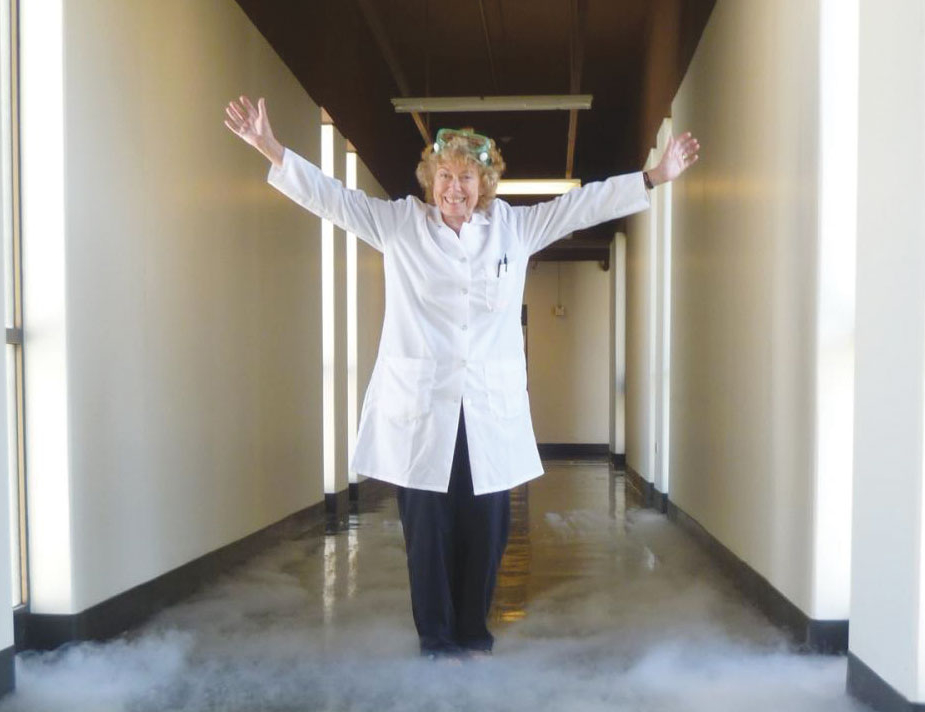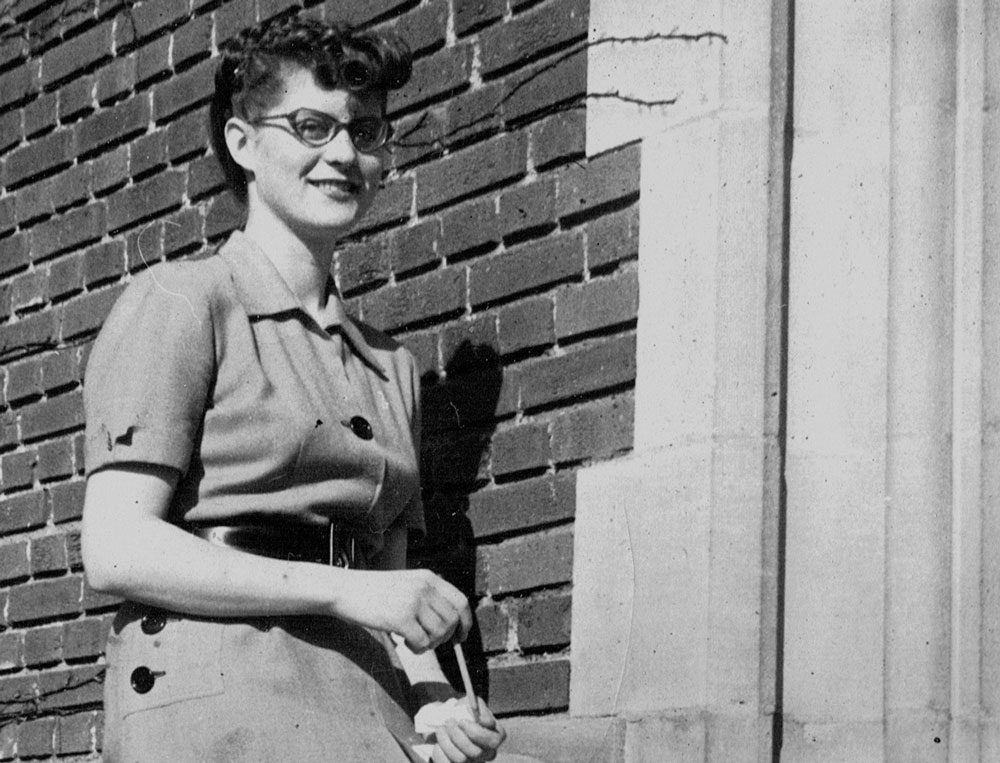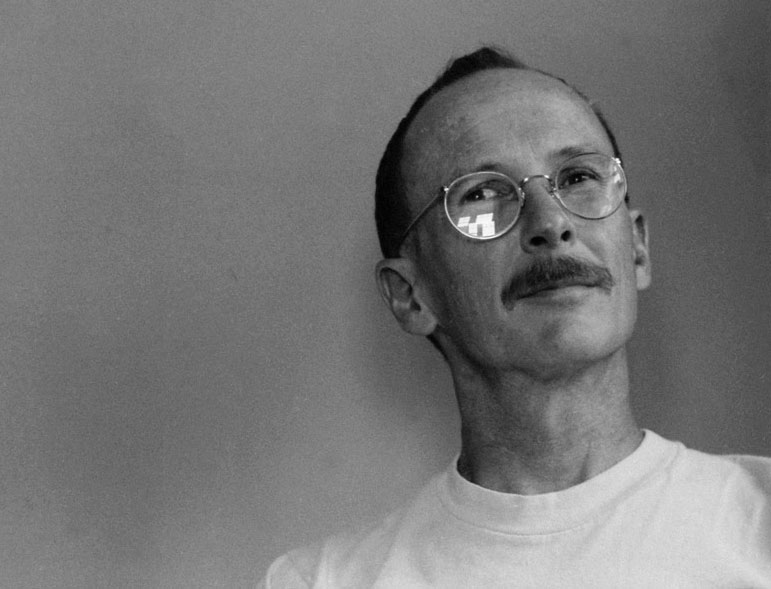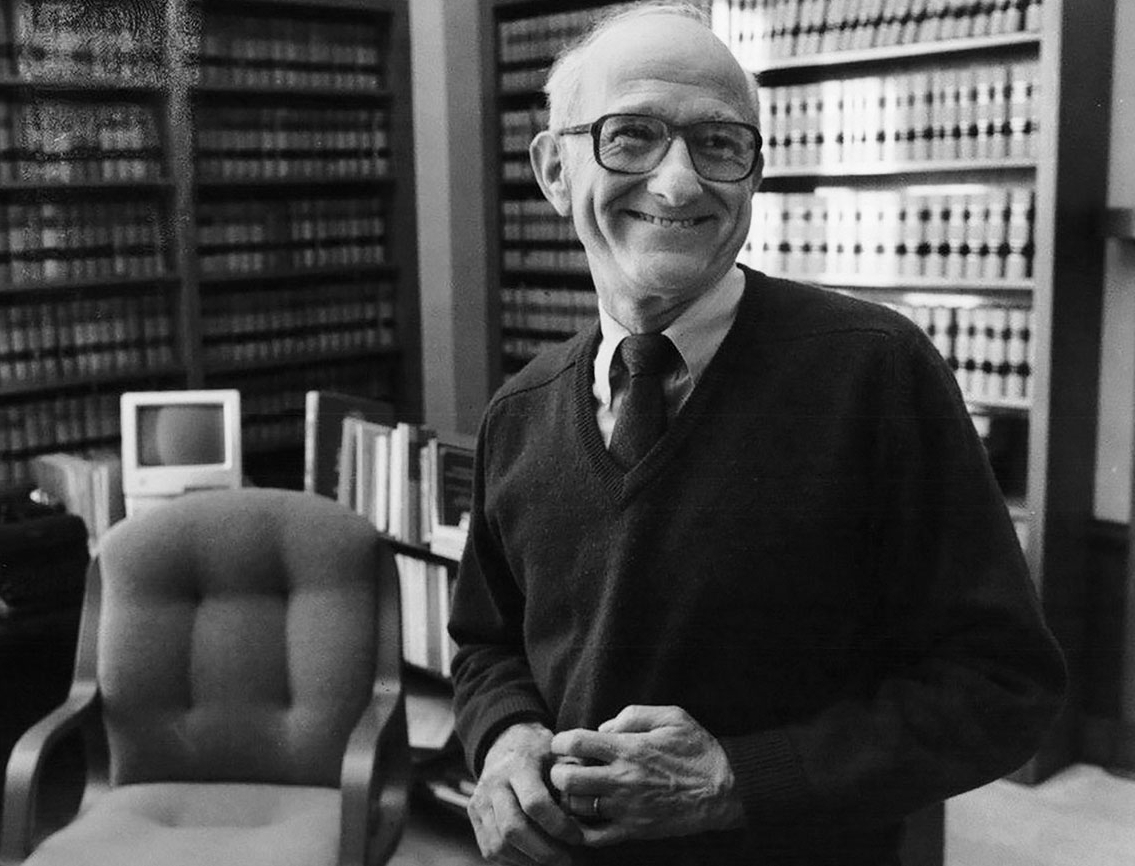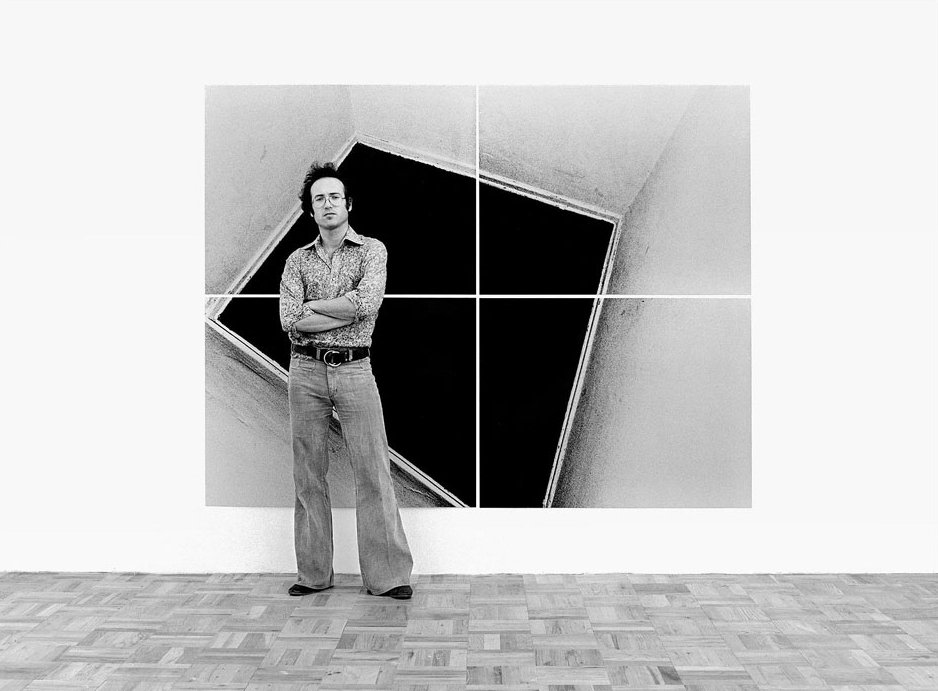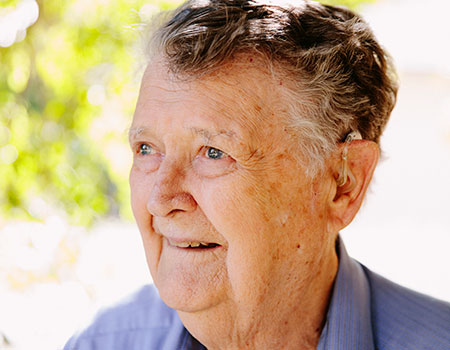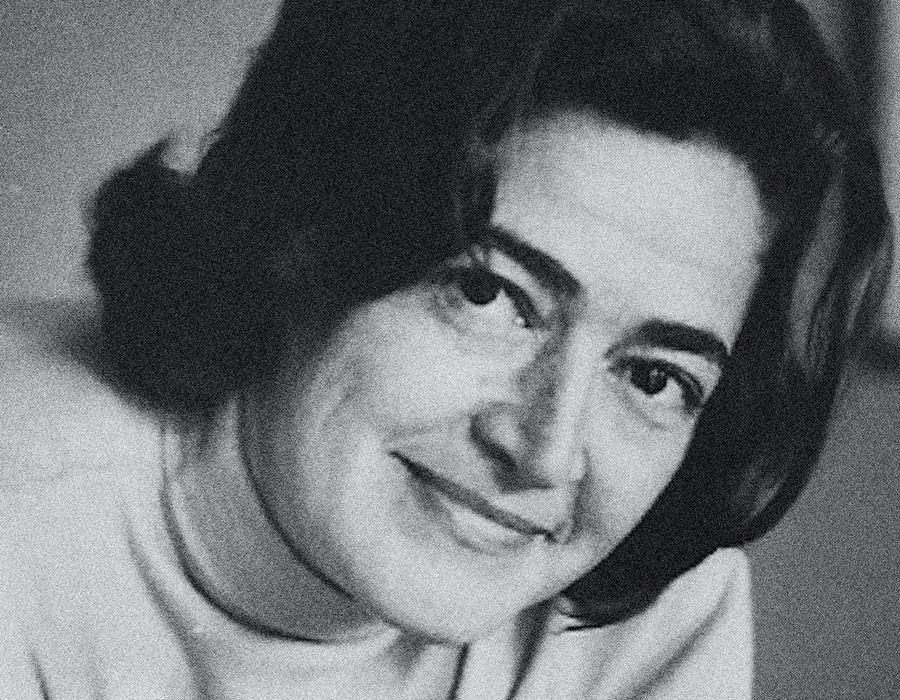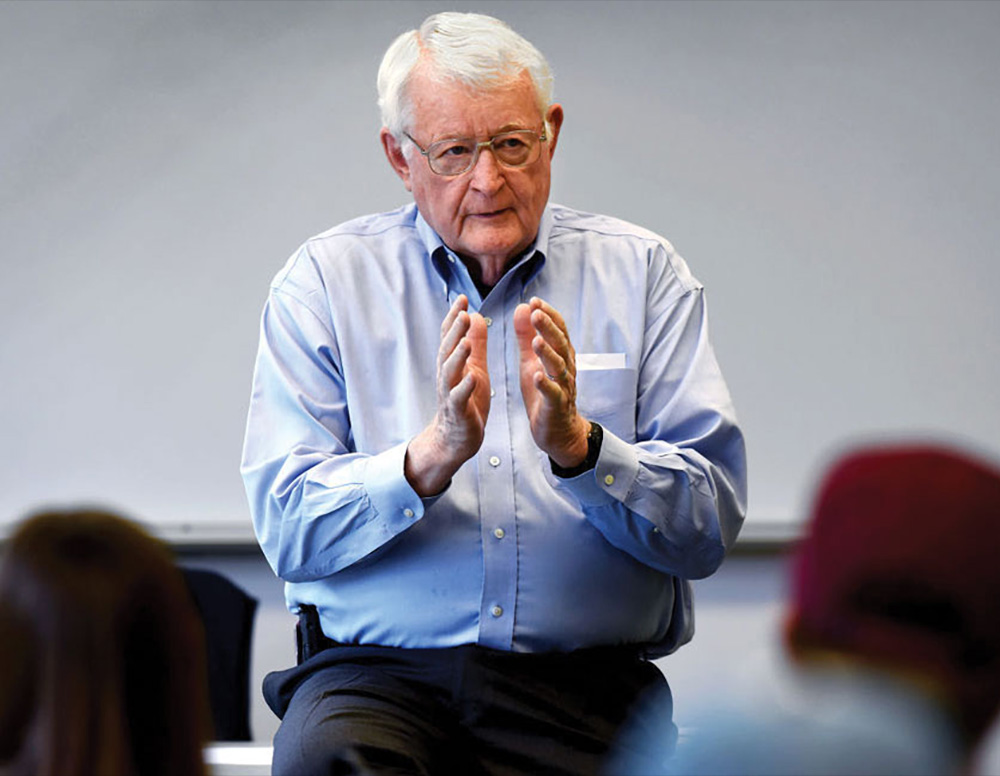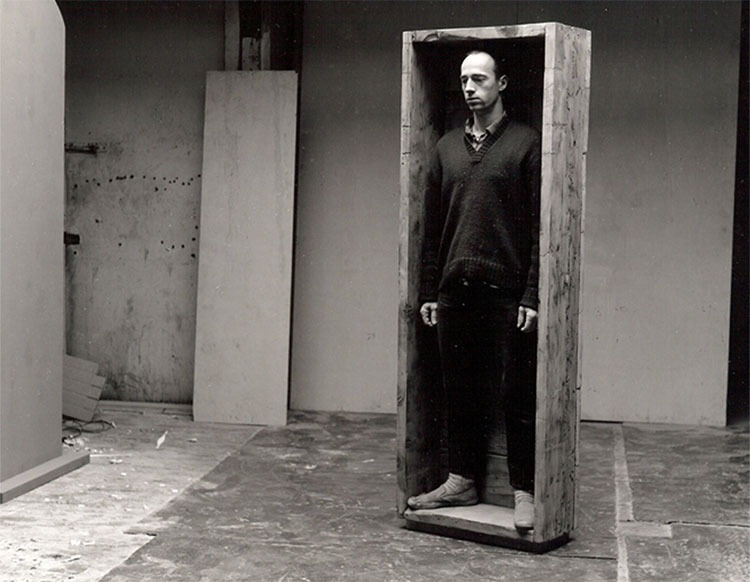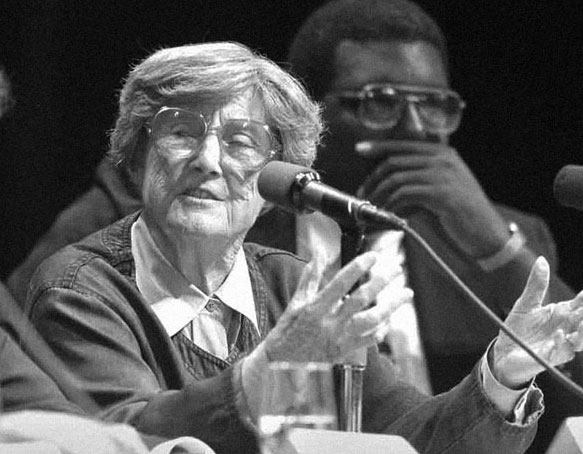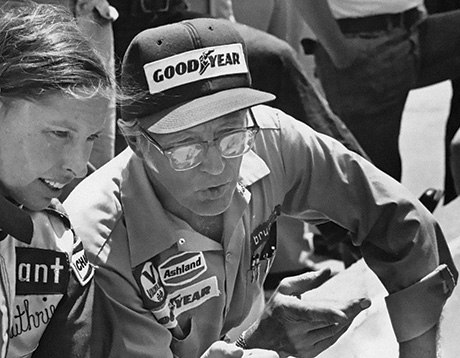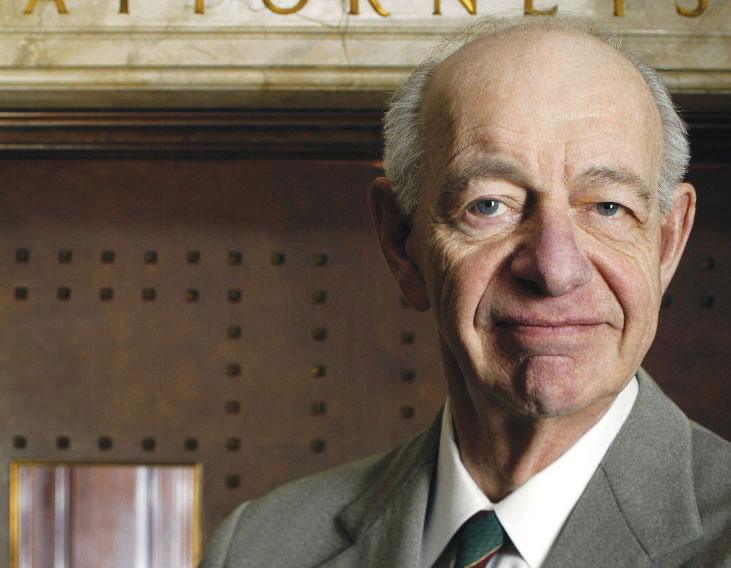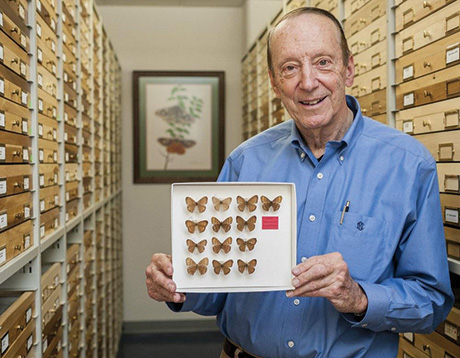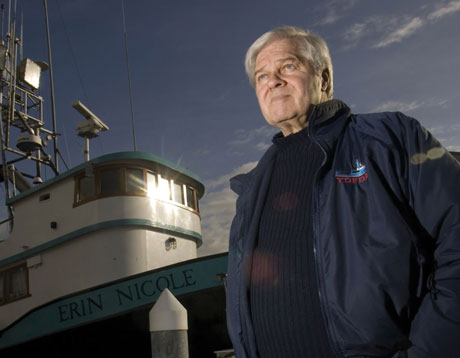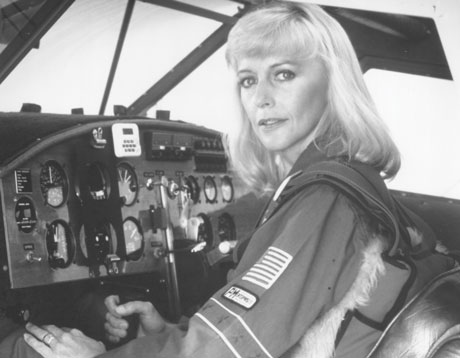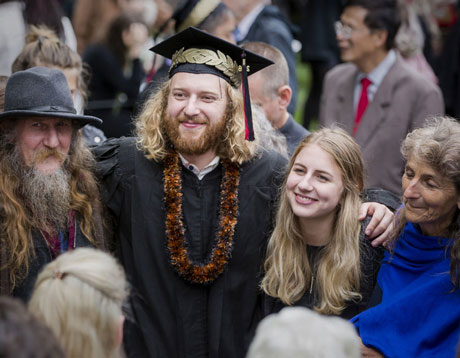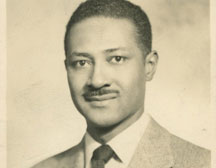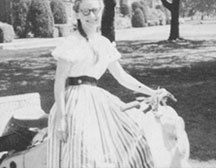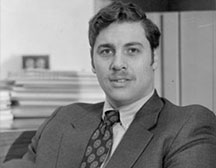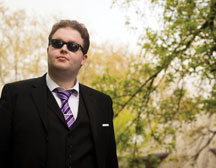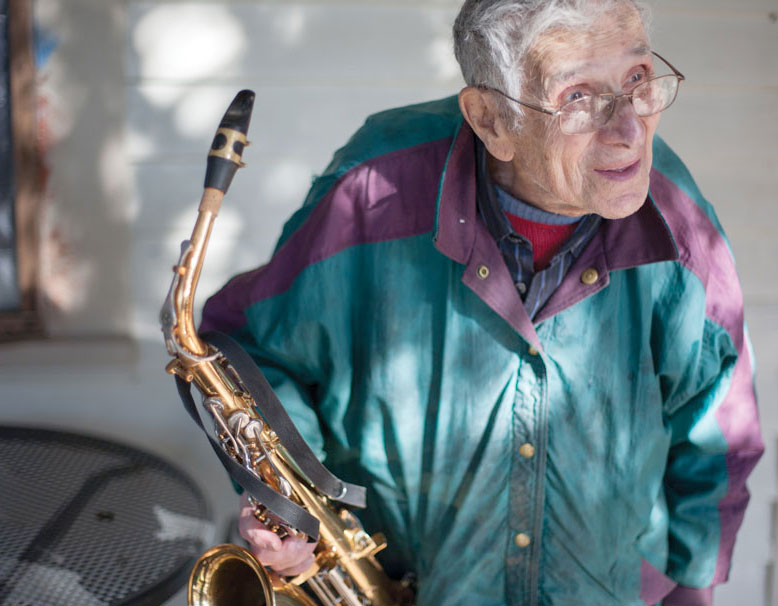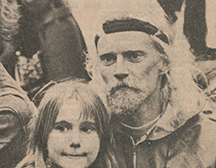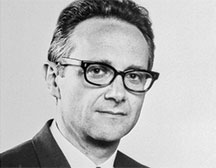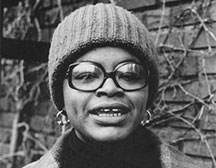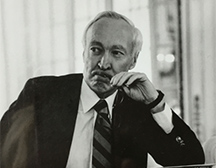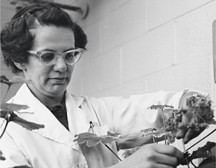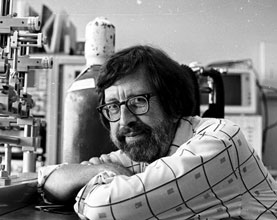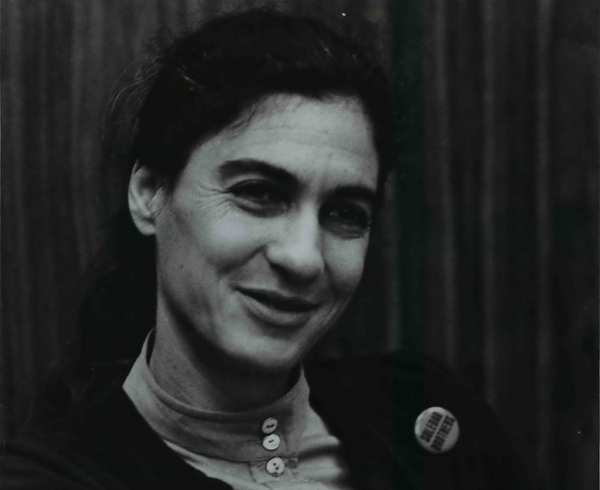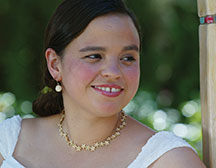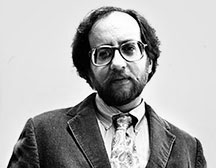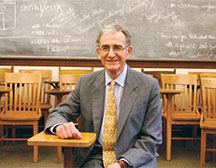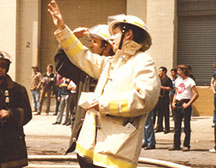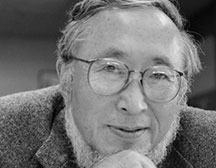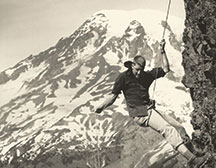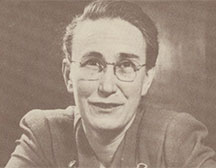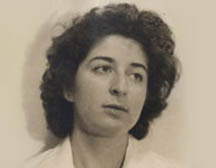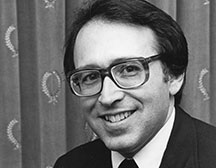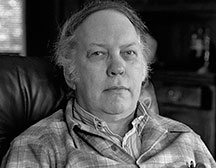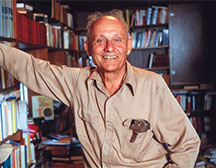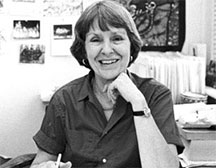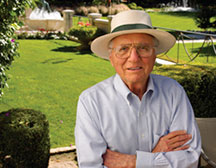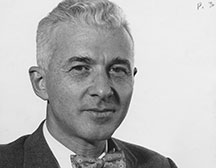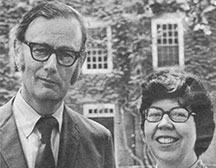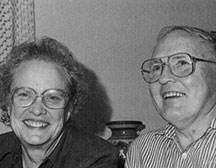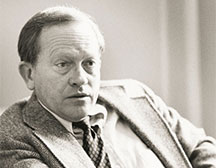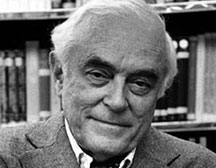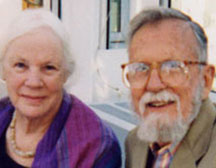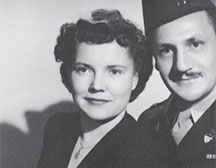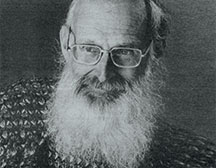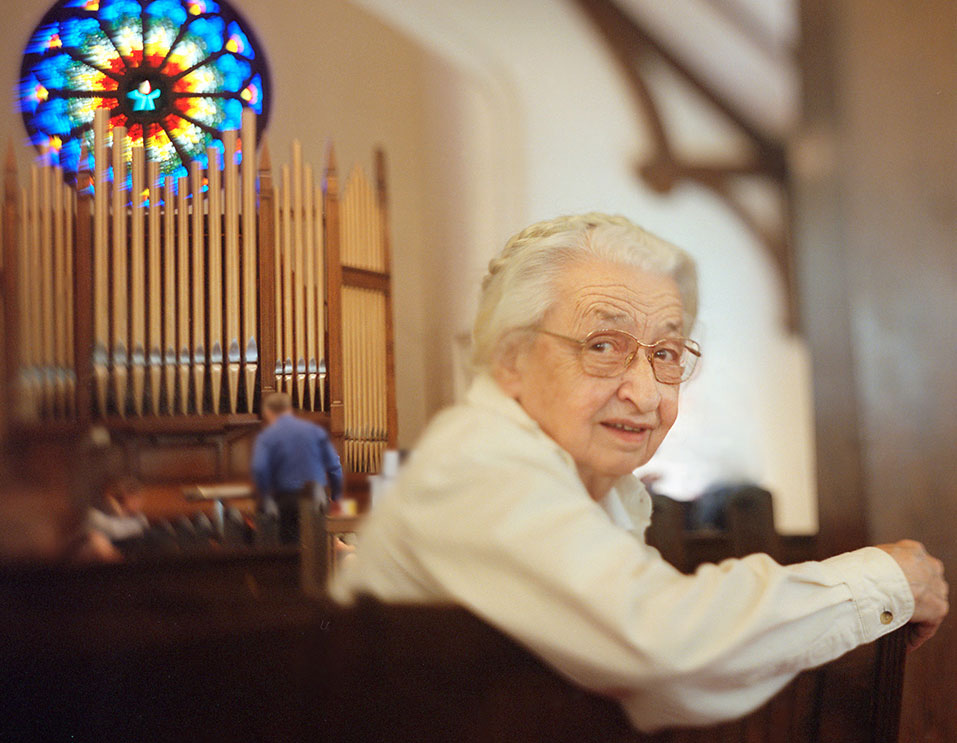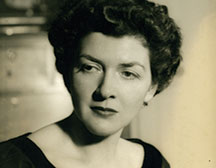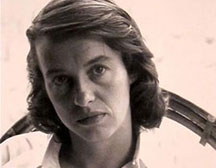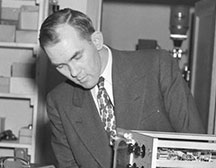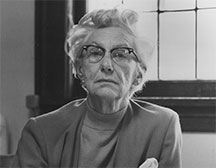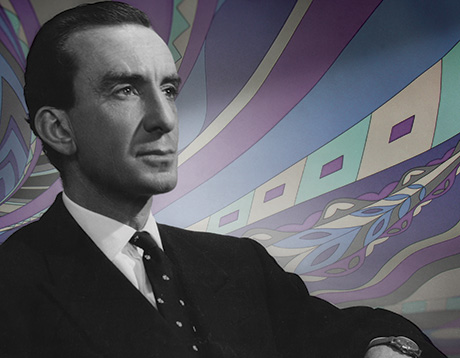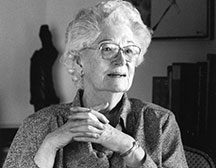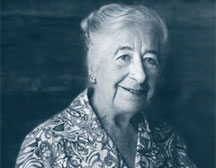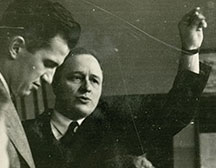Clarence Allen ’49
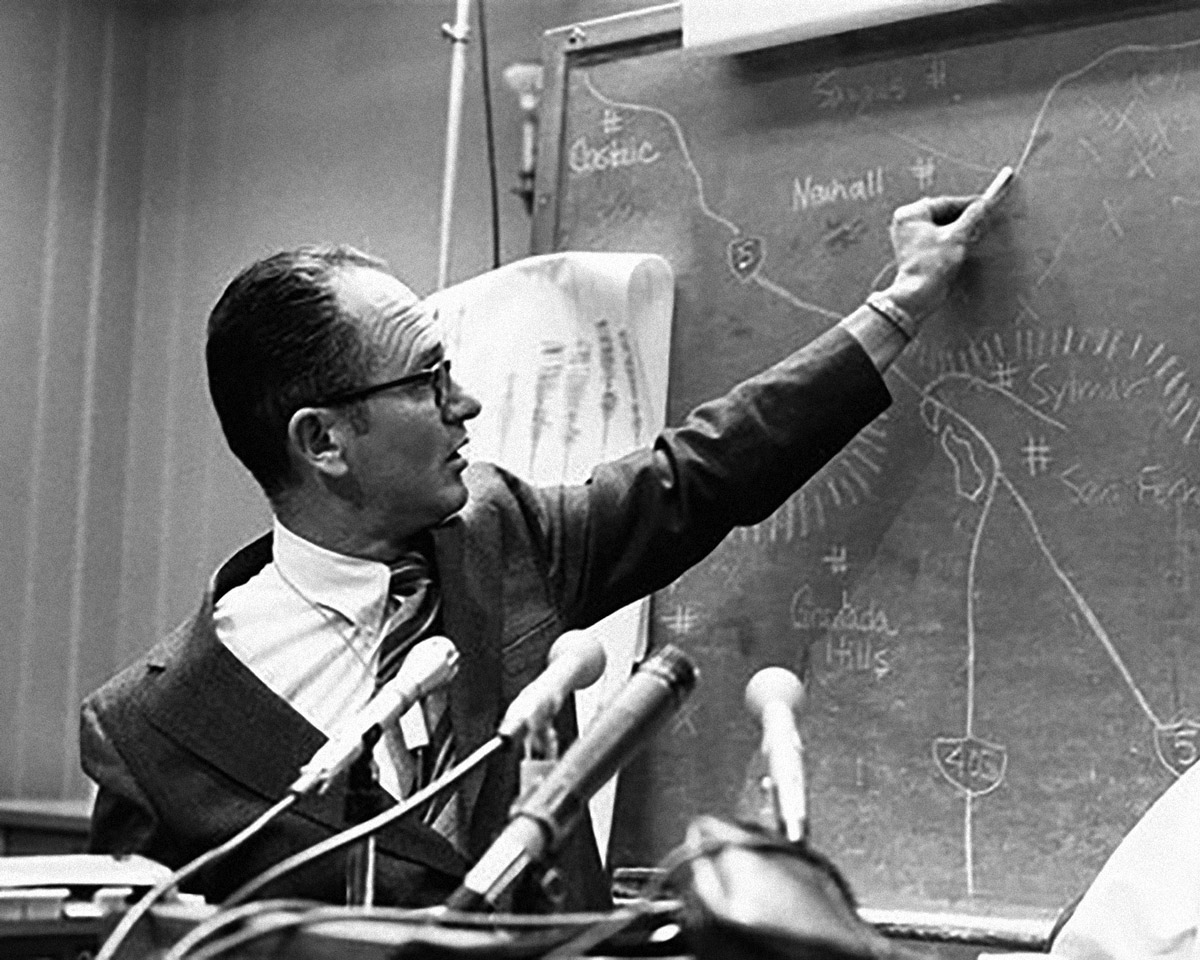
January 21, 2021, in Pasadena, California.
One of the world’s premier earthquake experts, Clarence contributed greatly to the field of seismicity—the science of measuring the frequency and likelihood of seismic upheaval at a particular location.
He was born in Palo Alto, California; his father was a professor at Claremont Graduate School. In 1942, Clarence entered Reed. But his excitement about that first year at college was soon overshadowed by a world at war. With the United States’ entry into the war, Clarence’s father and brother immediately volunteered for service. Too young to enlist, he threw himself into his studies, choosing to major in physics because it was the most challenging discipline. By the end of his freshman year, he was old enough to join the Air Force cadet program. He spent much of the war in training, flying over various portions of the United States.
“I had a choice between training to be a pilot, a bombardier, or a navigator,” he said. “I chose the latter. I was more interested in maps than airplanes or bombs. Very few things are as challenging and as much fun as navigating.”
In mid-1945, he was sent overseas and landed on Okinawa, the site of one of the bloodiest campaigns in the Pacific Theater. He flew over Hiroshima and Nagasaki shortly after they were bombed and never forgot the devastation. In one sense, the war was a lucky break. Clarence’s work as a B-29 navigator and his developing interest in geographical issues clarified his future. Wiser and more mature, he returned to Reed in 1946, realizing this was an opportunity to broaden his horizons and pursue things he hadn’t done before, such as the history courses he took with Prof. Dorothy Johansen ’33 [history 1934–84].
“The best teacher I ever encountered anywhere in my education was Dorothy Johansen,” he said. “She almost made a history major out of me. She was demanding and stimulating, with a great critical mind matched by enthusiasm and knowledge.”
As a student in her Northwest history course, Clarence wrote a paper on the origins of the geographical concept of the Willamette River. He spent a summer in the Library of Congress going over old maps and experiencing the excitement of doing original research. He discovered that early geographers (operating mainly on information from the Lewis and Clark expedition) could not imagine that a river as significant as the Willamette had its origin in the Coast Range, but must originate in the Rockies, perhaps at Utah’s Great Salt Lake. Clarence claimed to have done more research on that paper (which won the 1948 Armitage Competition in Oregon Pioneer History) than on his senior thesis on photo optics advised by Prof. William Parker [physics 1948–79]. Despite Prof. Johansen, Allen stuck with physics, but by his junior year, he began to question his future in that discipline. “I don’t have a primarily theoretical mind,” he said. “I began to realize that I wanted something more practical, particularly where I could be outdoors.”
After Reed, he went on to the California Institute of Technology, focusing on geophysics, geology, and seismology—which Clarence called “sort of a good accident.” Seismic geology became his specialty, and he joined the faculty at Caltech in 1955.
His 1957 paper on the San Andreas Fault provided the foundation for the study of ground motions in California. In the following decades, he carried out geographical field work around the world, helping many countries evaluate earthquake hazards and develop seismic policies for use in the construction of dams, the storage of radioactive waste, and other projects. He was one of the first U.S. scientists to visit China, logging more than 14 trips to that country and serving as a consultant on two major dam projects. He wrote many scholarly papers and authored an influential textbook, The Geology of Earthquakes, with Robert Yeats and Kerry Sieh.
Clarence was elected a fellow of the National Academy of Sciences (NAS) and the National Academy of Engineering in 1976. He also served as president of the Seismological Society of America and the Geological Society of America and was a fellow of the American Academy of Arts and Sciences.
Clarence never forgot the importance of Reed in developing his “passion for science.” A number of his fellow Reed alumni in the NAS felt the same way, and the group approached the college. “We wanted to do something special for Reed in appreciation of the academic background we had acquired there,” he said. The result was the NAS Research Fund, to which Clarence made a lead gift of his summer home on the Olympic Peninsula. That fund supports significant summer research by teams of Reed faculty and students.
In recognition of his contributions to understanding geologic faults and stresses, the Seismological Society of America awarded him its highest honor. The Carnegie Institute awarded him its first G.K. Gilbert Award in Seismic Geology.
Clarence retired from Caltech in 1990. He was an avid fly fisherman who looked forward to steelhead and sea-run cutthroat trout fishing in coastal Washington. He never forgot the stimulation of his classes at Reed with students who were not scientists: “The chance to associate with and learn from people whose backgrounds and interests are utterly different from your own is one of the great benefits of a Reed education.”
Appeared in Reed magazine: June 2021
comments powered by DisqusFrom the Archives: The Lives they Led
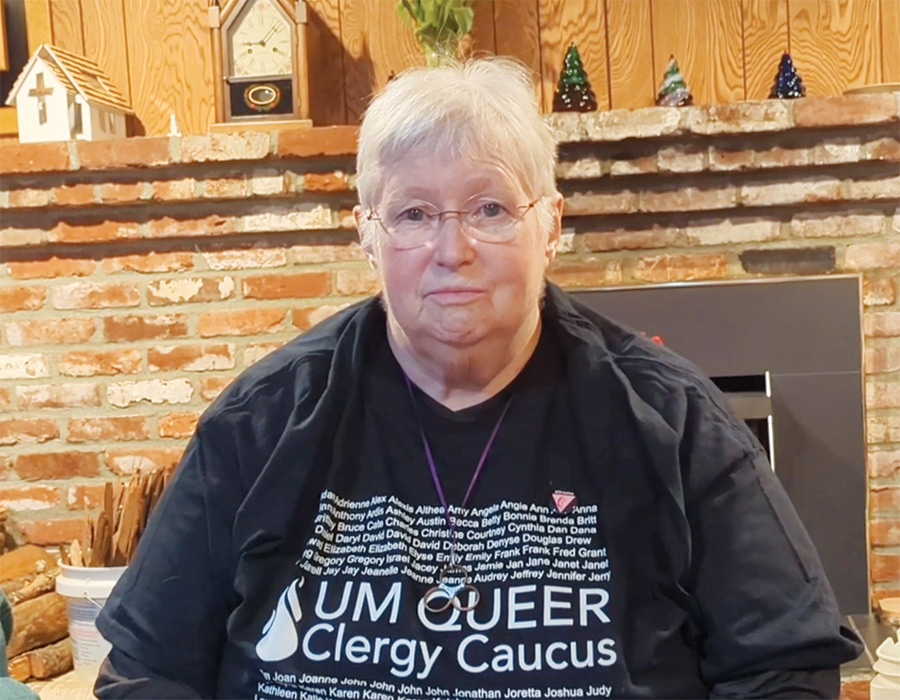
Jeanne Knepper ’69
The First Openly Gay Woman to Be Ordained and Appointed Within the Oregon-Idaho Conference of the United Methodist Church
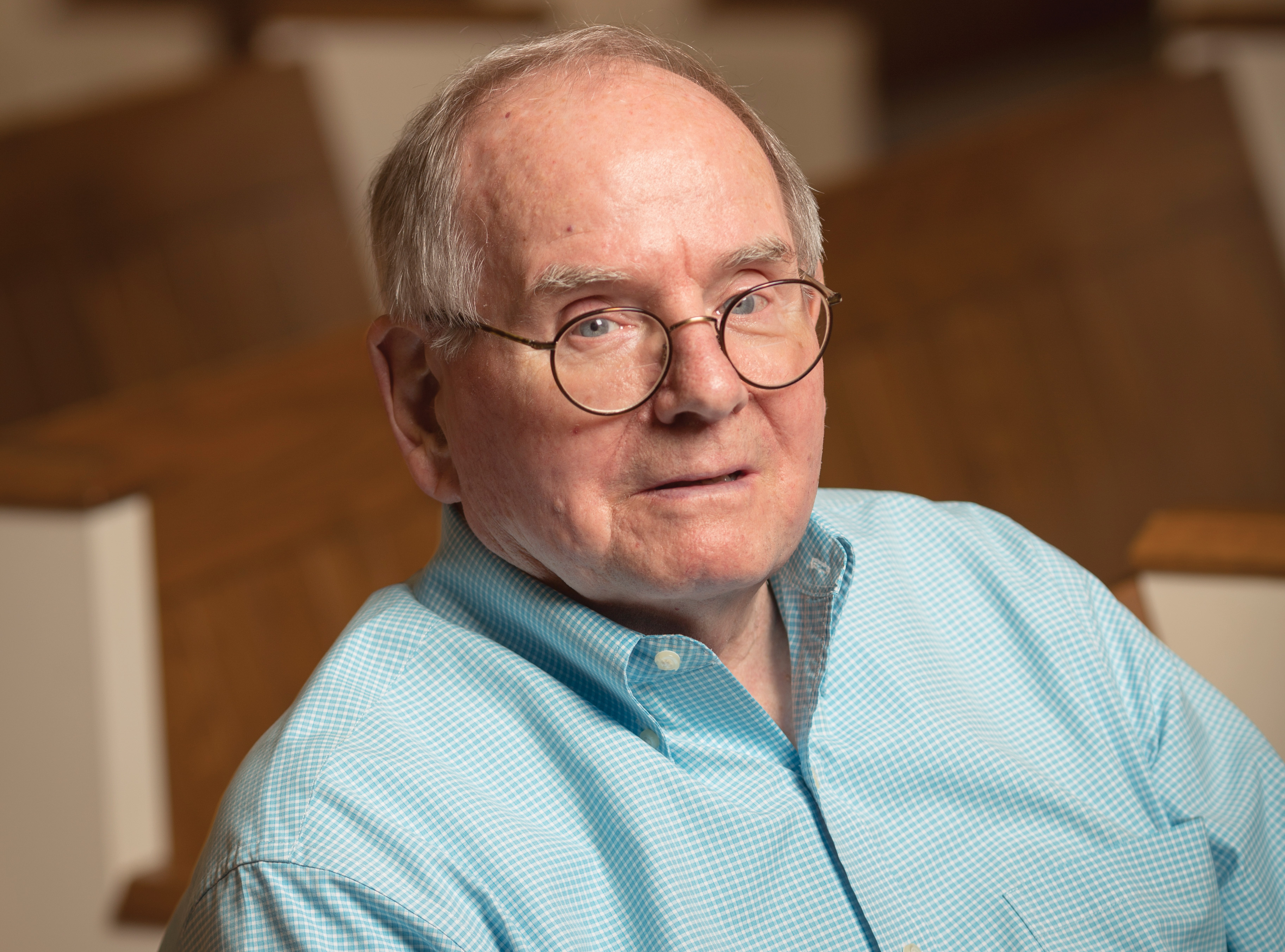
William Haden
As Acting President of Reed, He Strengthened the College's Finances and Alumni Relations
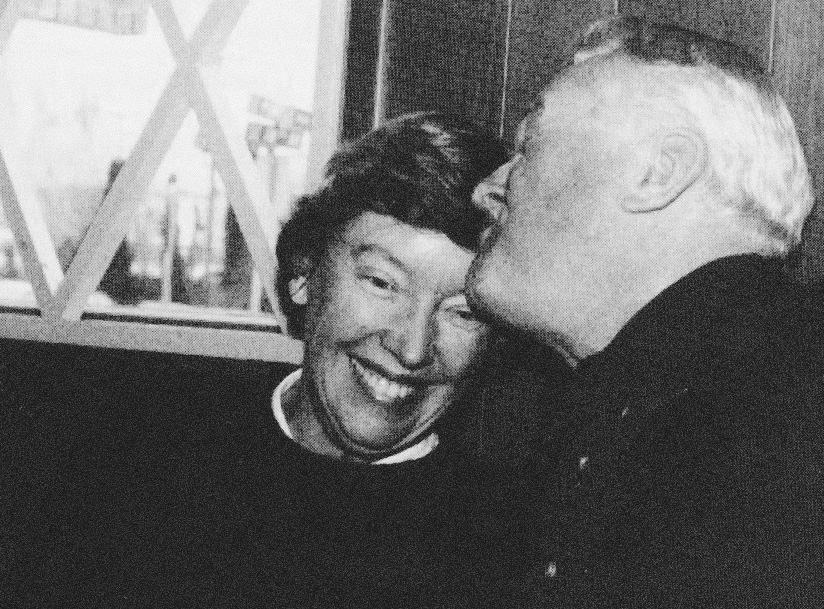
Nancy Horton Bragdon
Reed’s First Lady Whose Warmth and Leadership Were Invaluable During a Turbulent Time

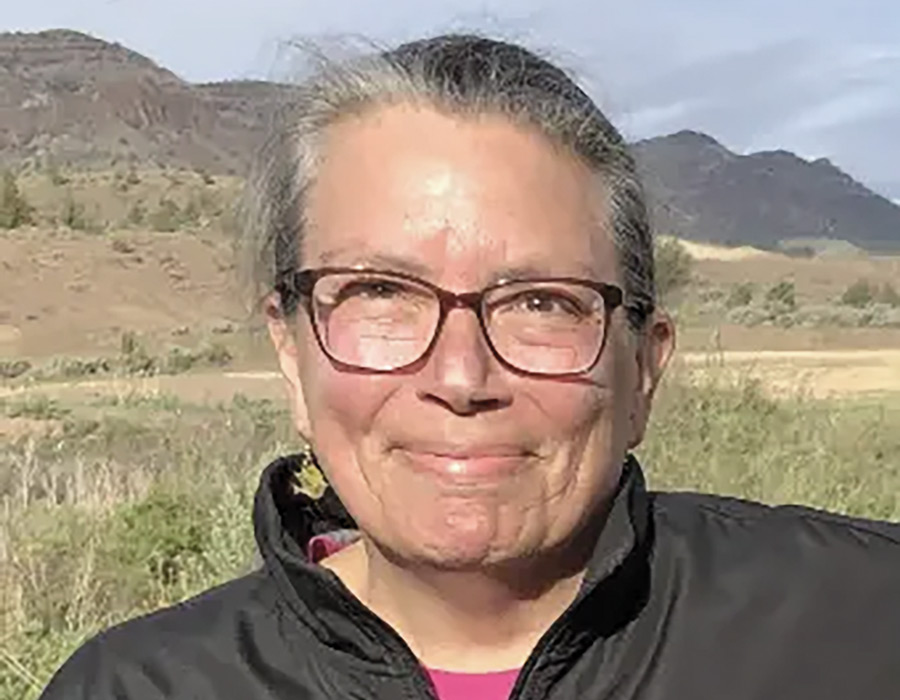
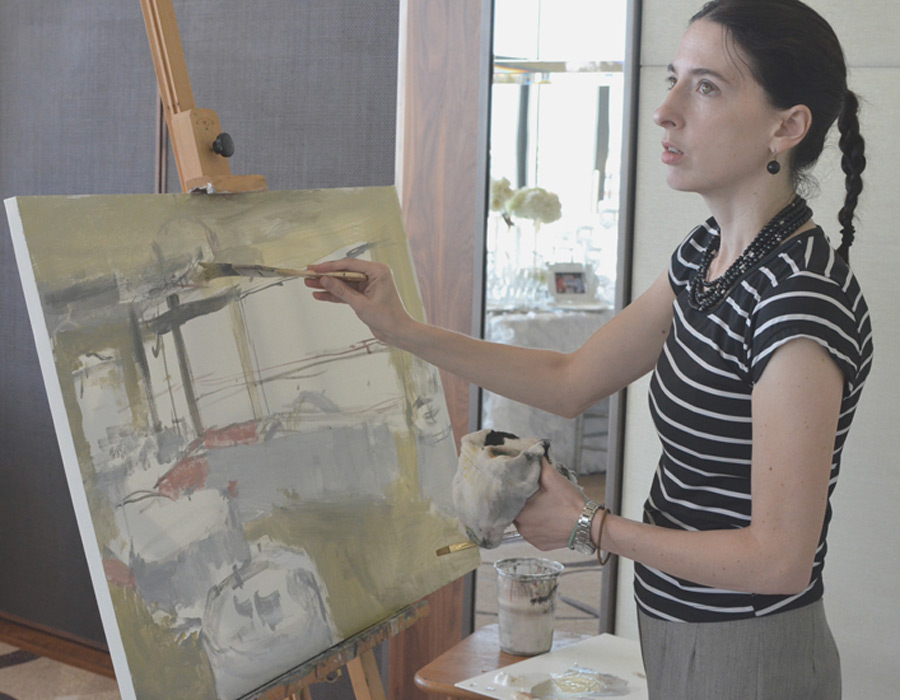
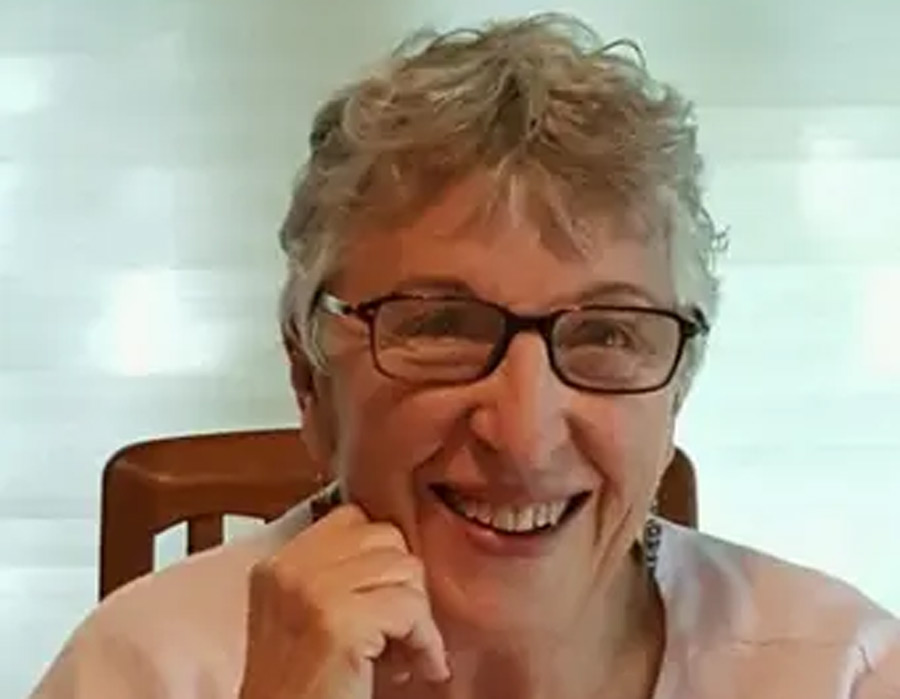
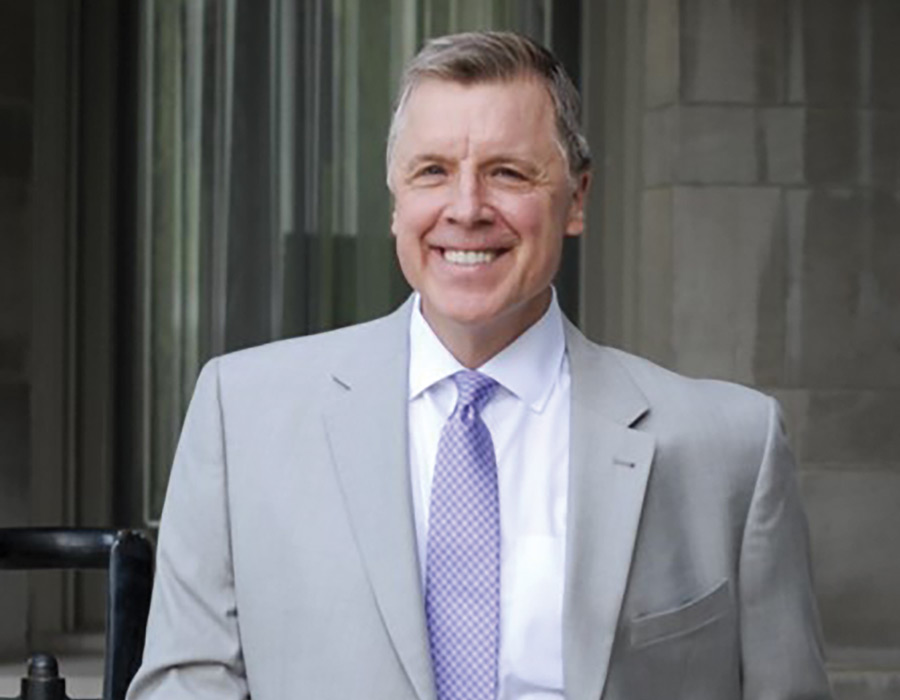
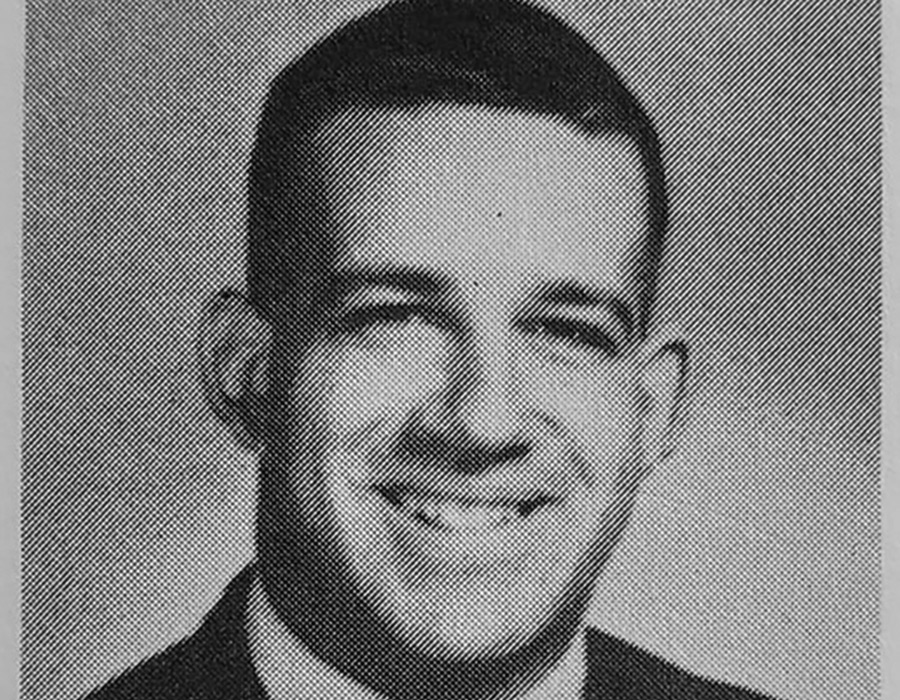
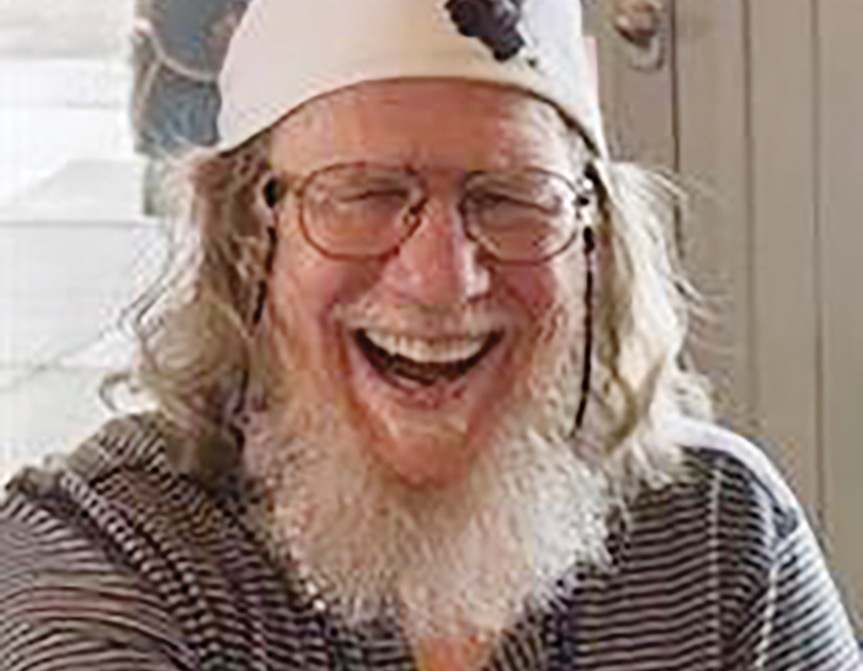
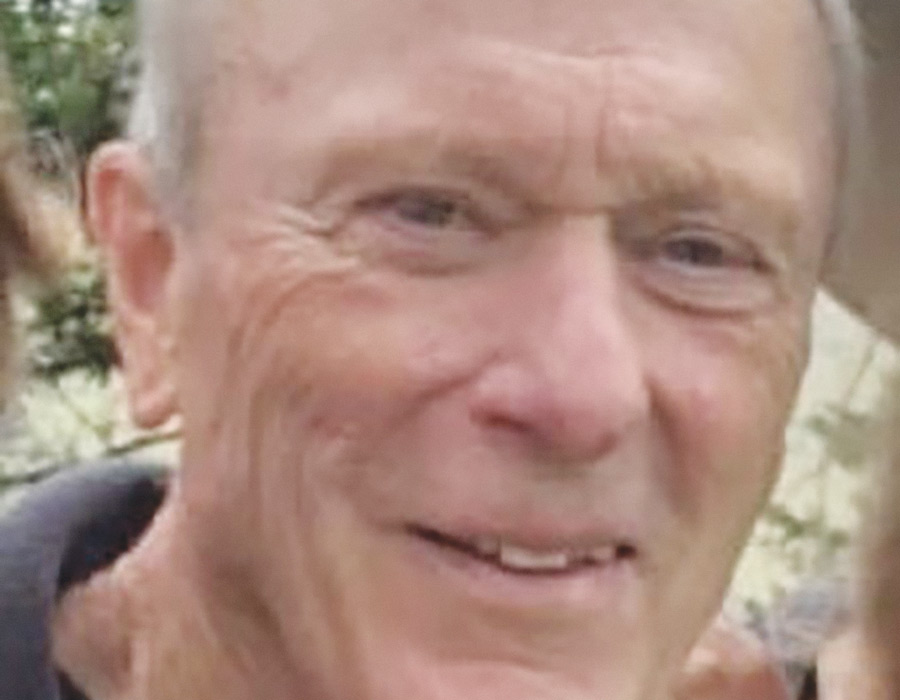
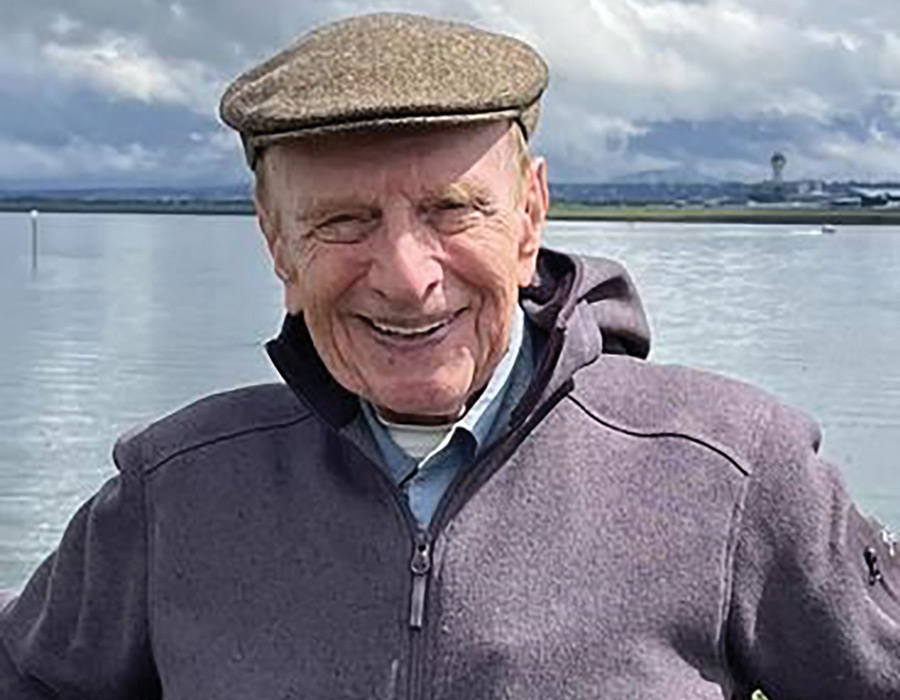
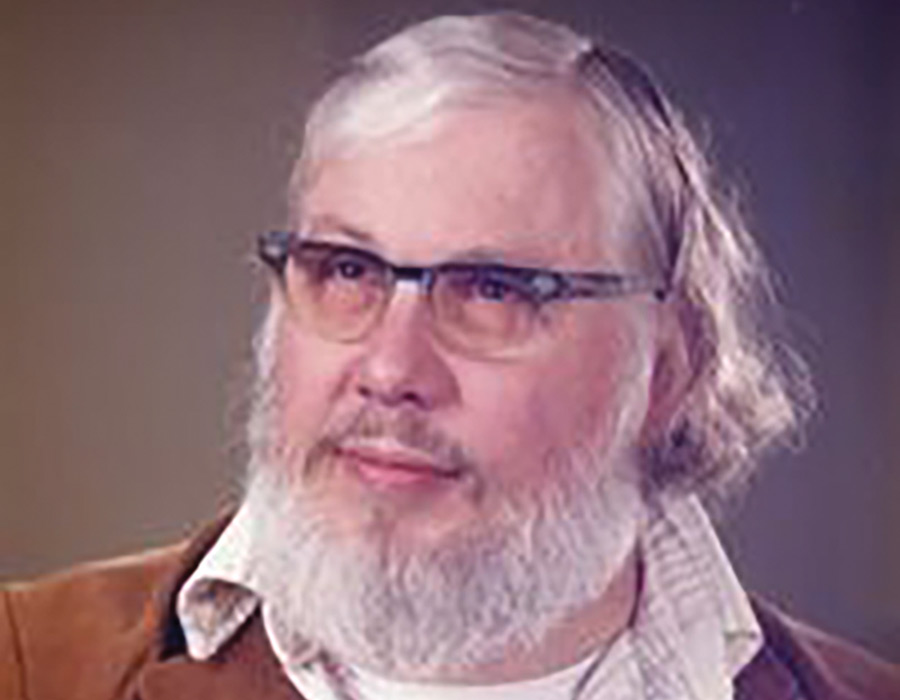
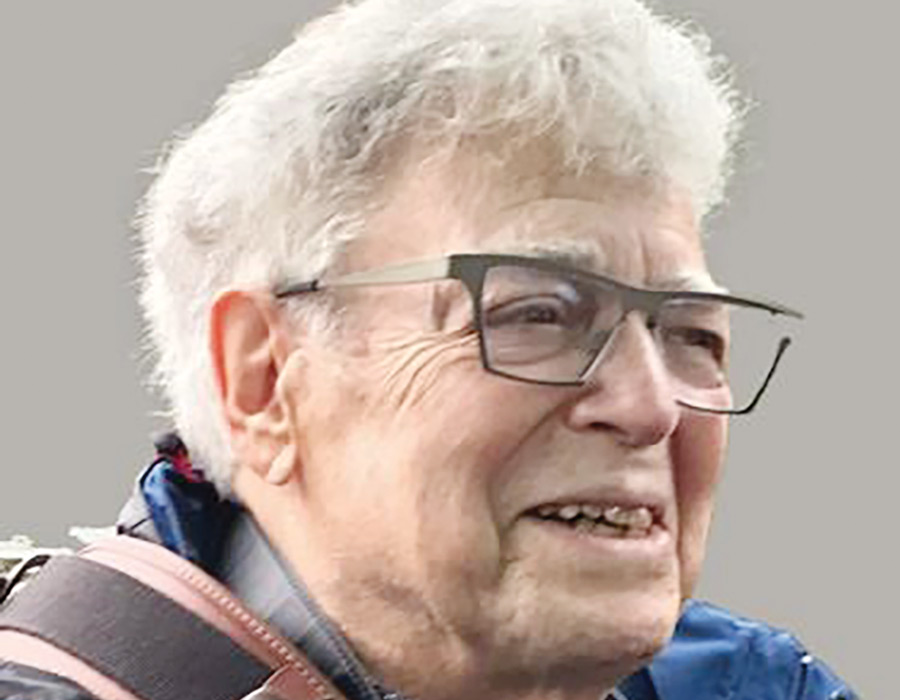
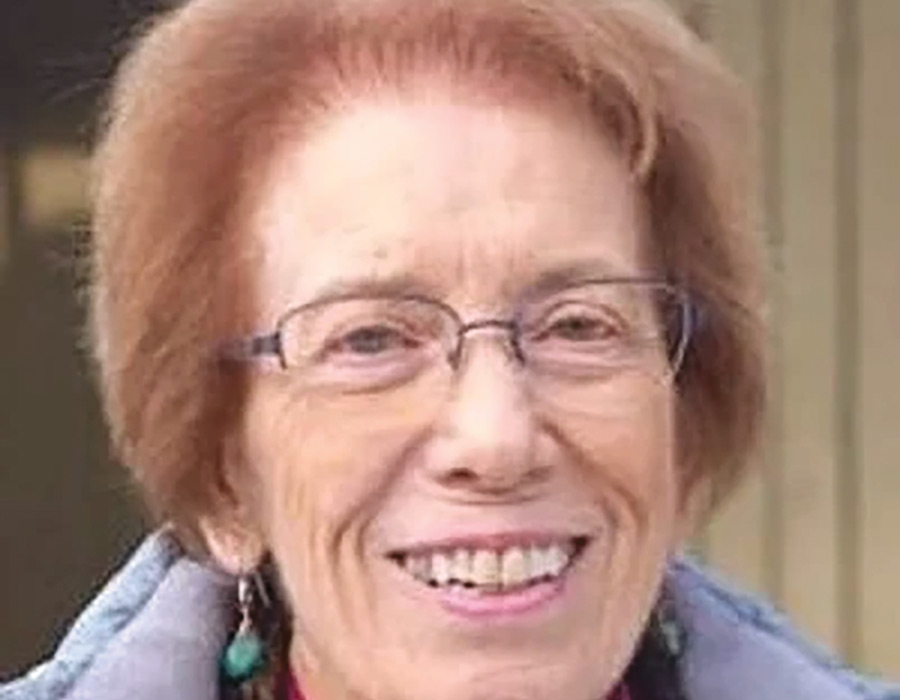
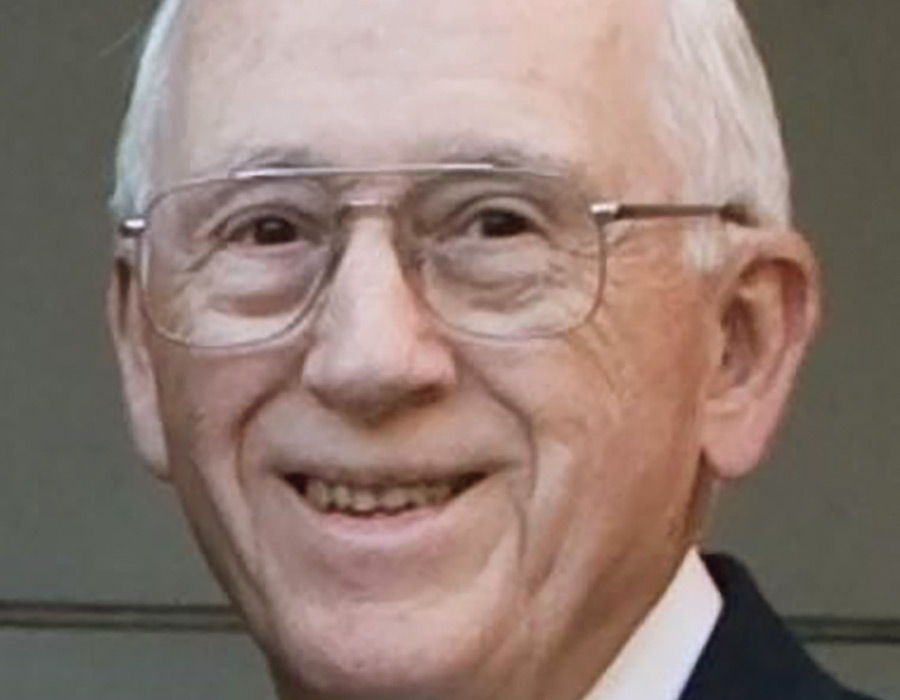
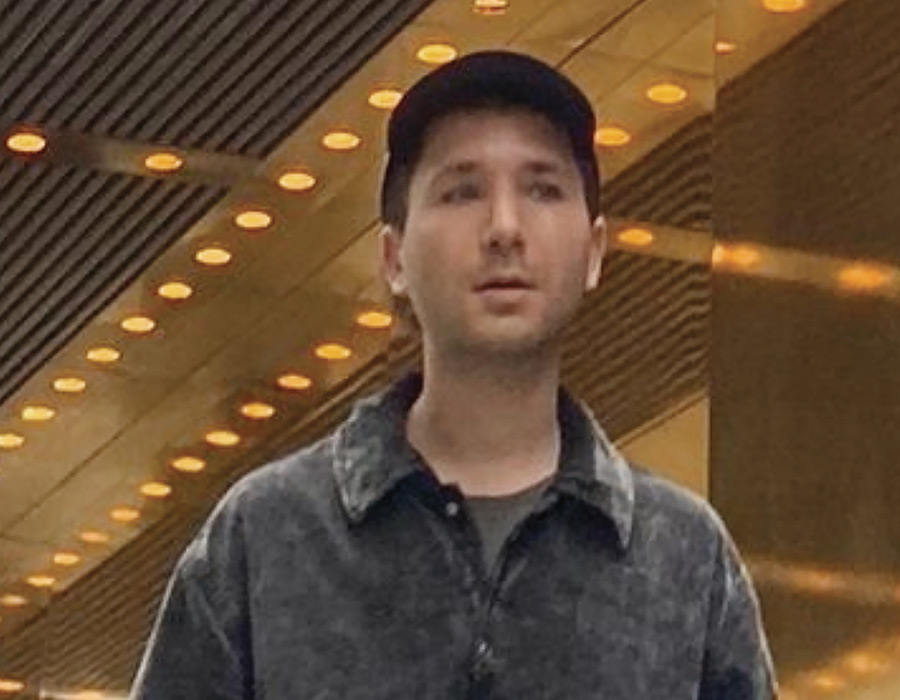
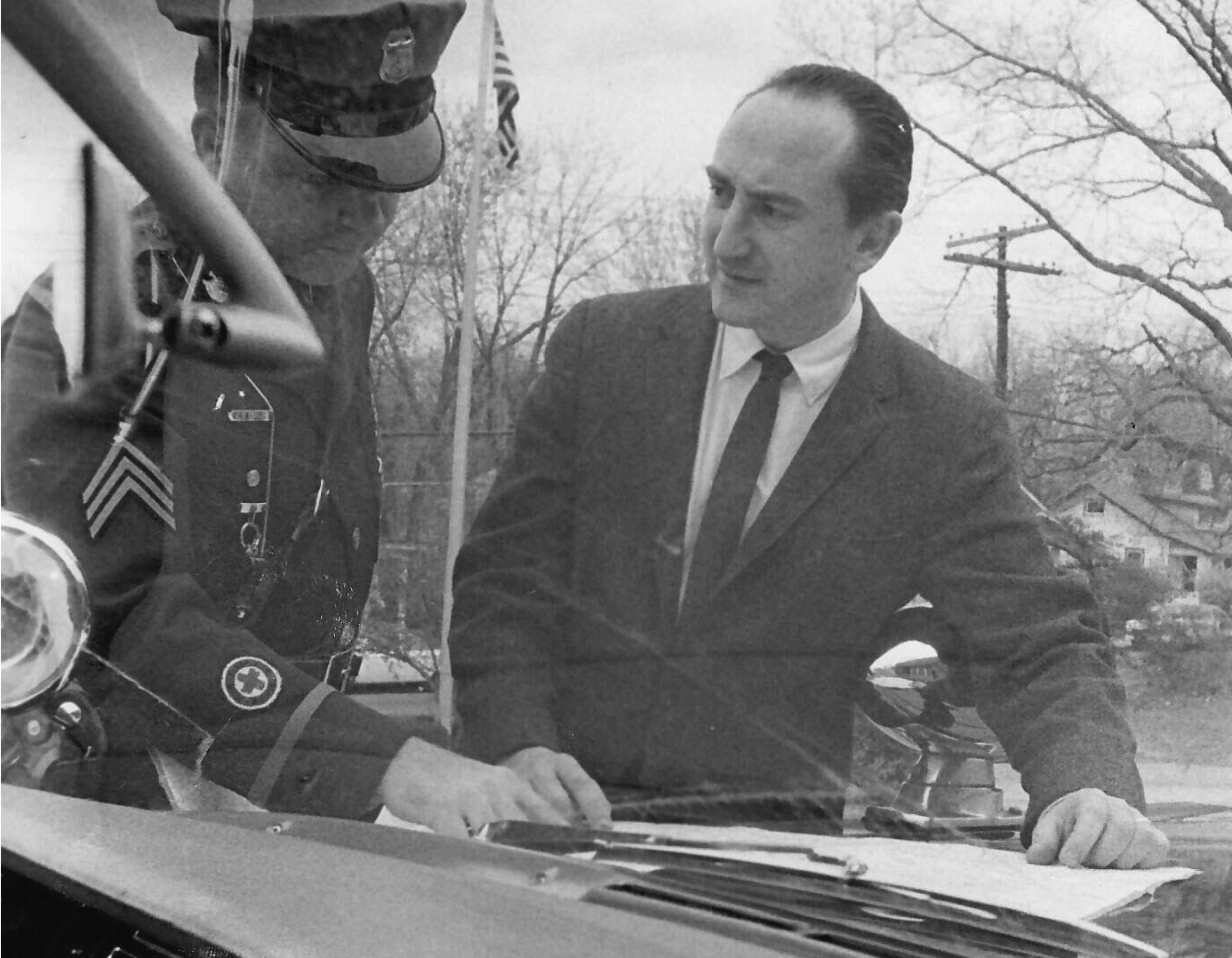
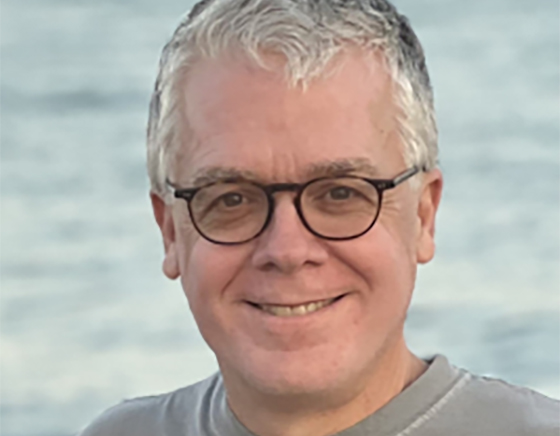
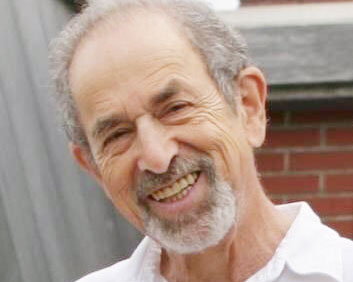

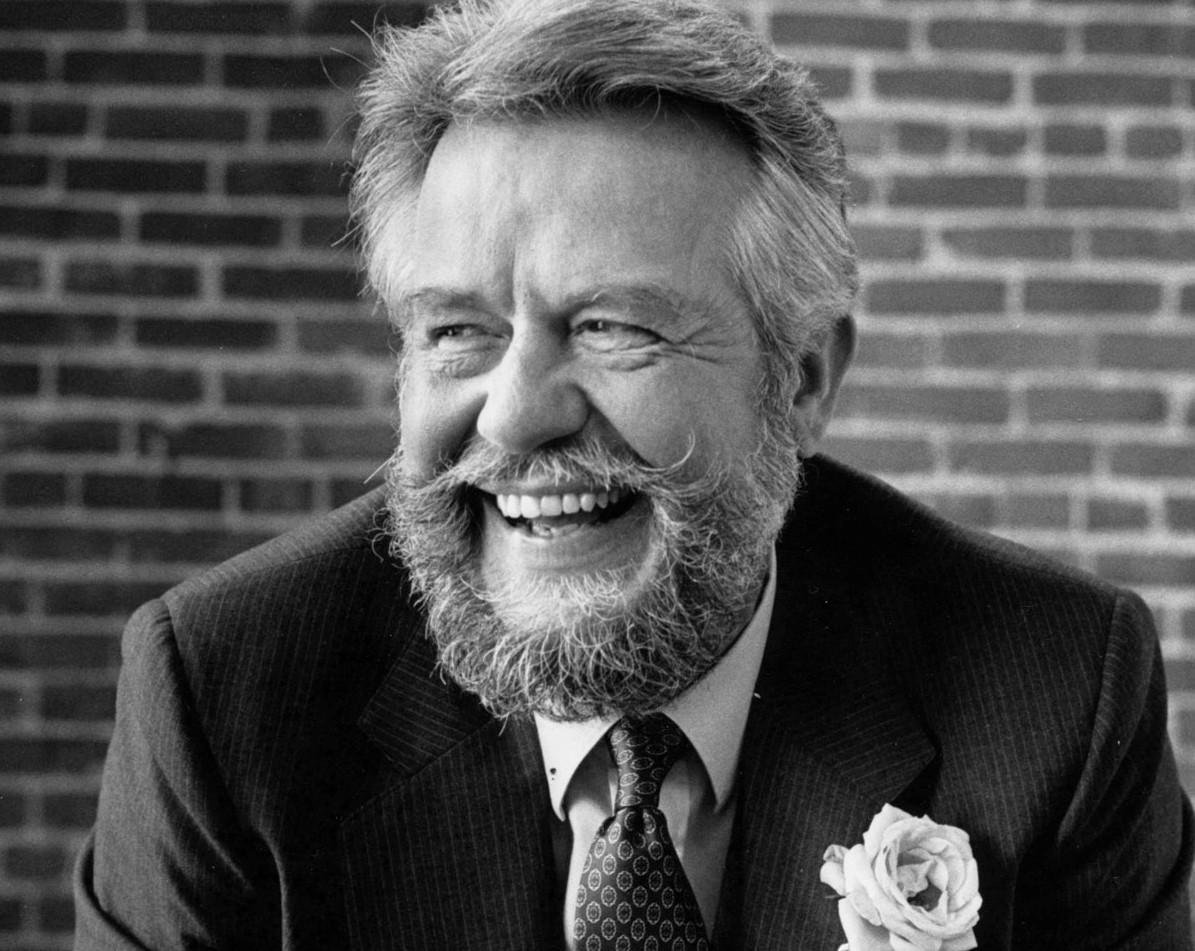

![Photo of Prof. Marvin Levich [philosophy 1953–94]](https://www.reed.edu/reed-magazine/in-memoriam/assets/images/2022/LTL-levich1.jpg)
![Photo of President Paul E. Bragdon [1971–88]](https://www.reed.edu/reed-magazine/in-memoriam/assets/images/2020/Bragdon.jpg)
![Photo of Prof. Edward Barton Segel [history 1973–2011]](https://www.reed.edu/reed-magazine/in-memoriam/assets/images/2020/Segel.jpg)
